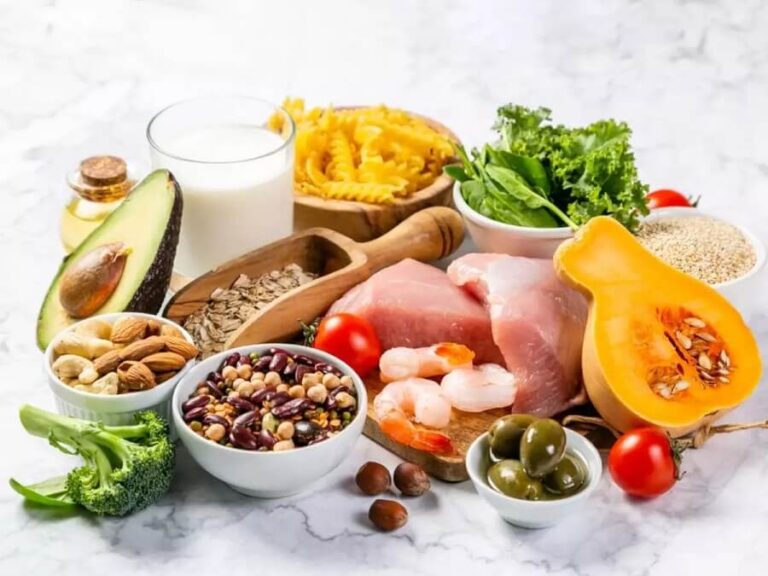Soft diet How to do it?
The soft diet is a type of diet that is high in soft, easy-to-chew foods. As its name suggests, the foods that predominate in this diet are bland. Doctors recommend doing a soft diet in cases of gastritis, surgeries in the mouth, neck, or dental interventions.
The soft diet does not allow foods with a crunchy consistency: muesli, bread, chocolates, corn, candies. As well as fried or baked meats. The fiber foods: raw vegetables or textures that can damage the digestive tract: broccoli, carrots, cabbage, etc., are allowed only boiled or liquefied.
How to prepare soft meals?
The first step in preparing white meals is to cut the ingredients into small pieces. (No more than 1 cm) A basic rule of thumb for preparing soft foods is that the food should have a texture capable of being cut with a fork.
Meats and vegetables should be boiled or processed in a blender for long periods. It is recommended not to use ice to prepare fruit juices, protein shakes, etc. Soups and purees are bland foods par excellence. All the ingredients must be crushed or blended previously in the soft diet.
Bread, cereals, and pasta:
- All bread and bakery products: muffins, sliced bread, and donuts must be prepared with butter and refined flours without caramel toppings.
- Cereals: white rice, quinoa, and buckwheat must be boiled for 20 minutes. It is recommended not to use the full versions.
- The permitted pasta is fresh. Durum wheat semolina pasta is not allowed.
- Bread, crackers, or other industrial products must be soaked in soup or other liquid beforehand.
Fruits and vegetables
- All fruits must be previously peeled.
- Vegetables must be boiled or once mashed and prepared in the form of a puree.
Meats and protein sources
- The eggs must be prepared scrambled, avoiding the formation of crunchy textures.
- The meats must be minced in pieces smaller than 1 cm and not fried. Ideally, prepare soups with small boiled pieces.
- Cheese spreads, protein shakes, yogurts, and soft-serve ice cream are allowed.
Desserts
- The quintessential desserts in the soft diet are jellies and creams.
- Cakes with a smooth consistency without nuts are also allowed.
- Sweet cookies should always be soaked in milk or coffee before eating.
Forbidden foods in the soft diet
All foods with harsh textures or clog the digestive tract should be avoided. If it is not on the list and you are not sure if it is allowed or not, make sure to process it somehow. The foods prohibited in the soft diet are:
- toasts
- Cookies and crispbreads
- Popcorn
- Cereals
- Coconut chips, bananas, etc.
- Nuts
- Potato chips and fried snacks
- Granola
- Raw vegetables
- Whole grains and bran
- Sweets and candies
Soft diet example of daily menu – 2000 KCal
| Intake | Plato |
| Breakfast | 200 mL of orange juice 200 mL 100 g of boiled oats 25 g of chia seeds 50 g Peaches or bananas in pieces |
| Lunch | Mediterranean chicken soup Chicken meat 100 g Buckwheat 100 g Tomatoes 2 units Coconut oil 30 mL Parmesan cheese 15 g |
| Afternoon snack | Low-fat yogurt 125 mL Soft white bread 2 slices Avocado 40 g Spread cheese 15 g |
| price | Pasta with spinach and low-fat cheese 50 g low-fat cheese 120 g fresh pasta 150 g spinach 30 mL olive oil 10 g butter |
ABSTRACT
The soft diet is a food method that predominates foods with a smooth consistency and is easy to digest. To prepare soft foods, it is recommended to cut them or crush them into small pieces, soak them or boil them. Whole grains and sweet, crunchy foods are not allowed in the soft diet.







